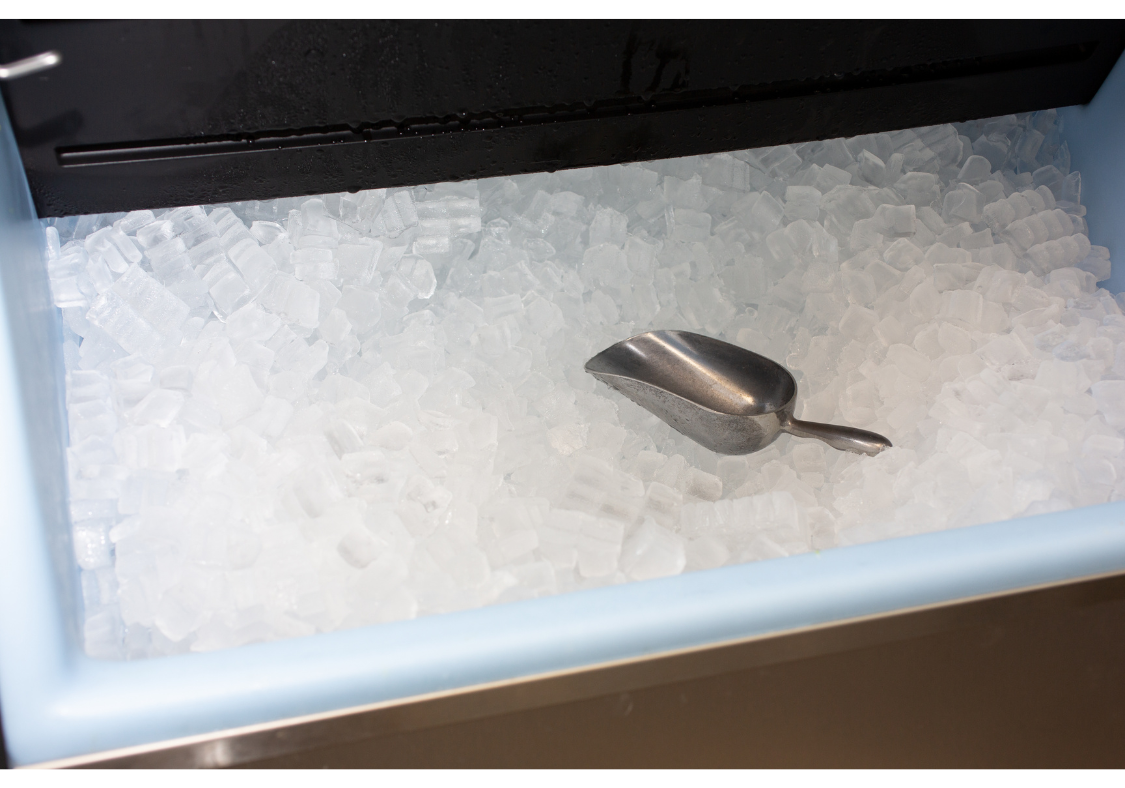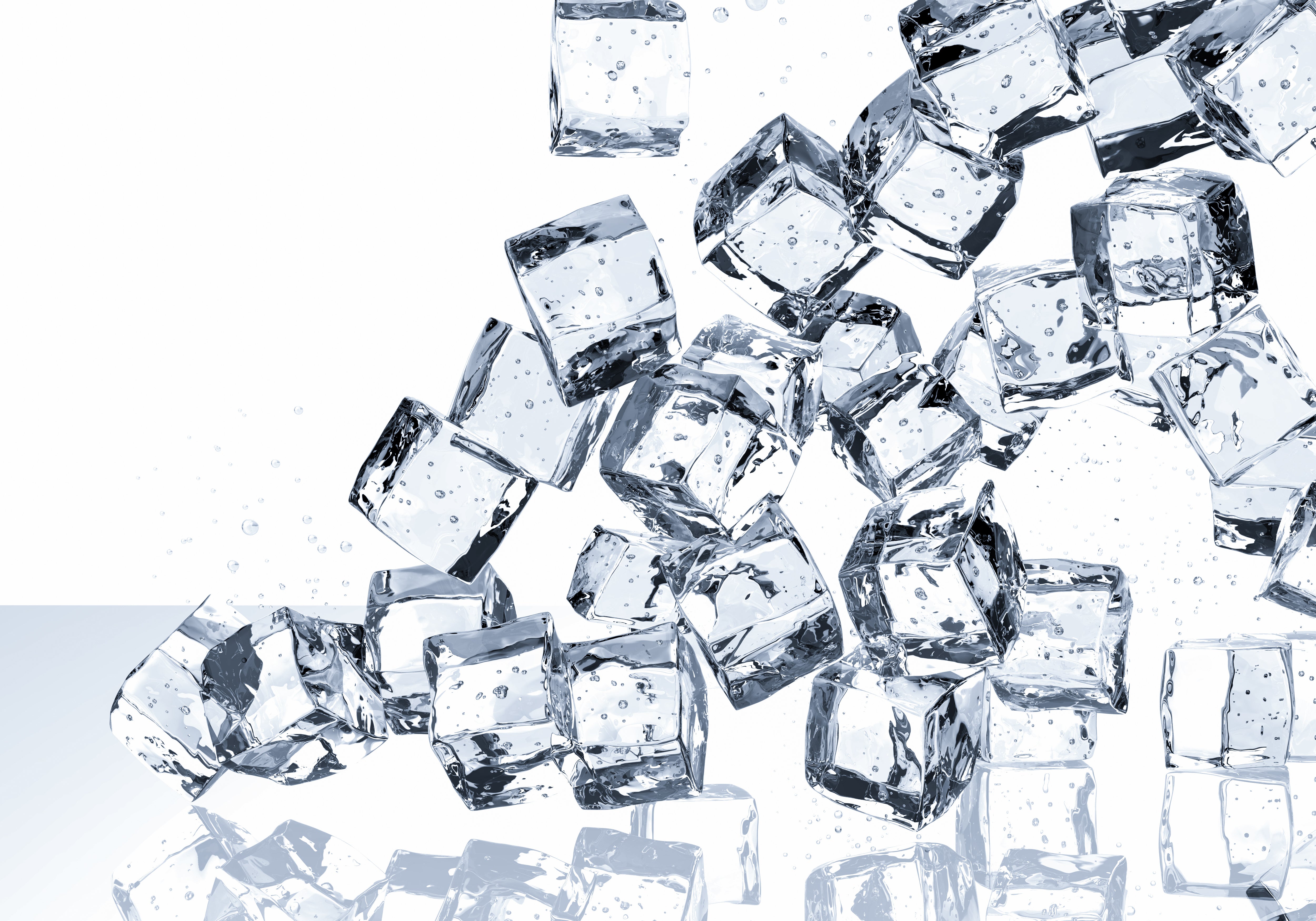Optimizing Ice Machine Performance: The Importance of Proper Placement
Ice machines function most effectively within specific environmental conditions: ideally, 70-degree air and 50-degree water temperatures. However, the reality of most commercial kitchens often deviates from this ideal. Higher ambient temperatures force the ice machine to work harder, potentially leading to suboptimal ice production and even equipment damage.
Therefore, strategic placement of your ice machine is crucial, prioritizing ideal environmental conditions over mere convenience or space availability.
The Impact of High Temperatures on Ice Machine Performance
A hot room poses a significant challenge for ice machine operation. While many kitchens may seem "room temperature," the presence of multiple heat-generating appliances can create a microclimate around the ice machine. Studies by Easy Ice have revealed that the air temperature around the ice machine can rise by up to 25 degrees Fahrenheit compared to the ambient room temperature, particularly within a 5-foot radius.
When room temperatures soar to 100 degrees Fahrenheit or more, you may encounter the following issues:
Reduced Ice Production: The ice machine may struggle to produce ice, or the production rate may significantly decrease. Increased Ice Melting: The ice produced may melt more quickly, leading to wastage and potentially impacting drink quality. Risk of Equipment Damage: Prolonged exposure to extreme heat can damage the ice machine components, potentially leading to system failure.Factors Contributing to High Temperatures Around the Ice Machine
Insufficient Ventilation: Inadequate airflow around the ice machine allows heat to build up, hindering proper cooling. Proximity to Heat Sources: Placing the ice machine near other heat-generating appliances, such as ovens, grills, or dishwashers, can significantly increase the ambient temperature. Enclosed Spaces: Confining the ice machine within enclosed spaces like closets or cubbies restricts airflow and traps heat. Cumulative Heat from Multiple Appliances: Even if the room temperature appears normal on paper, the cumulative heat generated by various appliances can create a significantly warmer microclimate.Mitigating the Impact of High Temperatures
To ensure optimal ice machine performance, take the following steps:
1. Prioritize Climate Control
Choose a climate-controlled room: Select a location for your ice machine within a room that is effectively serviced by the central air conditioning system. This allows for better temperature management during periods of high ambient temperatures.2. Ensure Adequate Ventilation
Maintain sufficient airflow: Ensure adequate clearance around the ice machine, allowing for proper air circulation. Avoid obstructions: Avoid blocking airflow above, below, or around the machine.3. Minimize Heat Sources
Maintain distance from heat-generating appliances: Place the ice machine at a safe distance from ovens, grills, and dishwashers.4. Avoid Enclosed Spaces
Choose open locations: Avoid placing the ice machine in enclosed spaces like closets or cubbies.5. Consider Room Temperature During Planning
Account for cumulative heat: During the planning phase, consider the cumulative heat generated by all appliances in the room, not just individual equipment.The Impact of High Temperatures on Ice Storage
High ambient temperatures not only affect ice machine operation but also impact the integrity of the ice stored in the bin. While the ice bin provides some insulation, it's not a freezer. Prolonged exposure to warm air can lead to increased ice melting within the bin, even with the door closed.
Summary: 5 Key Tips for Optimal Ice Machine Placement
- Choose a climate-controlled room.
- Ensure proper airflow and ventilation.
- Maintain adequate clearance around the machine (6" wall clearance, 12" side clearance, 18" overhead clearance).
- Avoid enclosed areas like closets or cubbies.
- Minimize the impact of other heat-generating appliances.
By carefully considering these factors and prioritizing proper placement, you can optimize your ice machine's performance, reduce energy consumption, extend equipment lifespan, and ensure a consistent supply of high-quality ice for your business.




Leave a comment
This site is protected by hCaptcha and the hCaptcha Privacy Policy and Terms of Service apply.